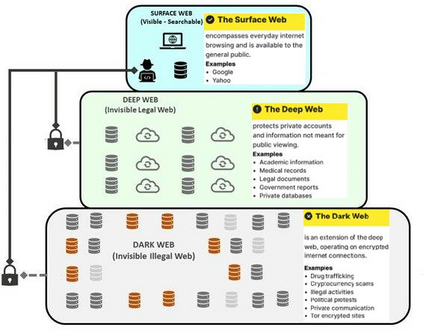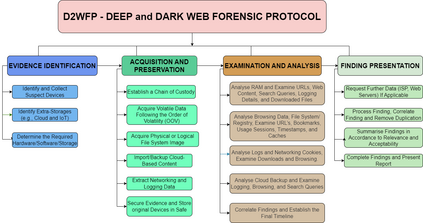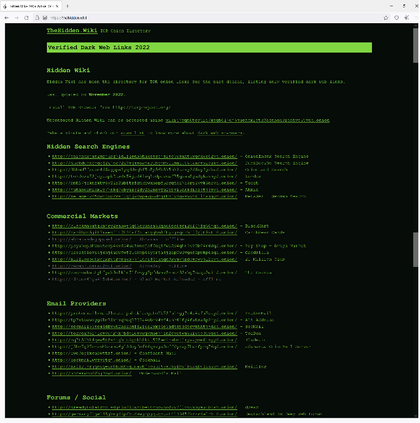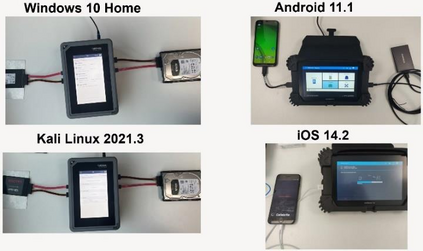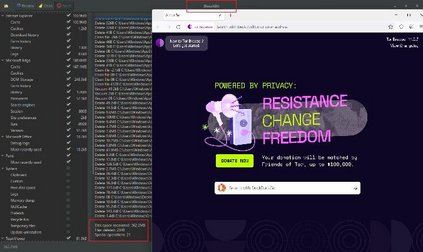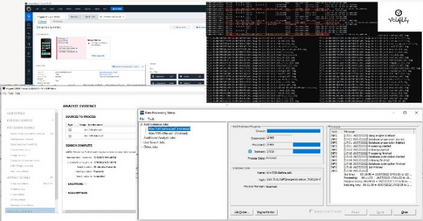The use of the un-indexed web, commonly known as the deep web and dark web, to commit or facilitate criminal activity has drastically increased over the past decade. The dark web is an in-famously dangerous place where all kinds of criminal activities take place [1-2], despite advances in web forensics techniques, tools, and methodologies, few studies have formally tackled the dark and deep web forensics and the technical differences in terms of investigative techniques and artefacts identification and extraction. This research proposes a novel and comprehensive protocol to guide and assist digital forensics professionals in investigating crimes committed on or via the deep and dark web, The protocol named D2WFP establishes a new sequential approach for performing investigative activities by observing the order of volatility and implementing a systemic approach covering all browsing related hives and artefacts which ultimately resulted into improv-ing the accuracy and effectiveness. Rigorous quantitative and qualitative research has been conducted by assessing D2WFP following a scientifically-sound and comprehensive process in different scenarios and the obtained results show an apparent increase in the number of artefacts re-covered when adopting D2WFP which outperform any current industry or opensource browsing forensics tools. The second contribution of D2WFP is the robust formulation of artefact correlation and cross-validation within D2WFP which enables digital forensics professionals to better document and structure their analysis of host-based deep and dark web browsing artefacts.
翻译:暂无翻译


